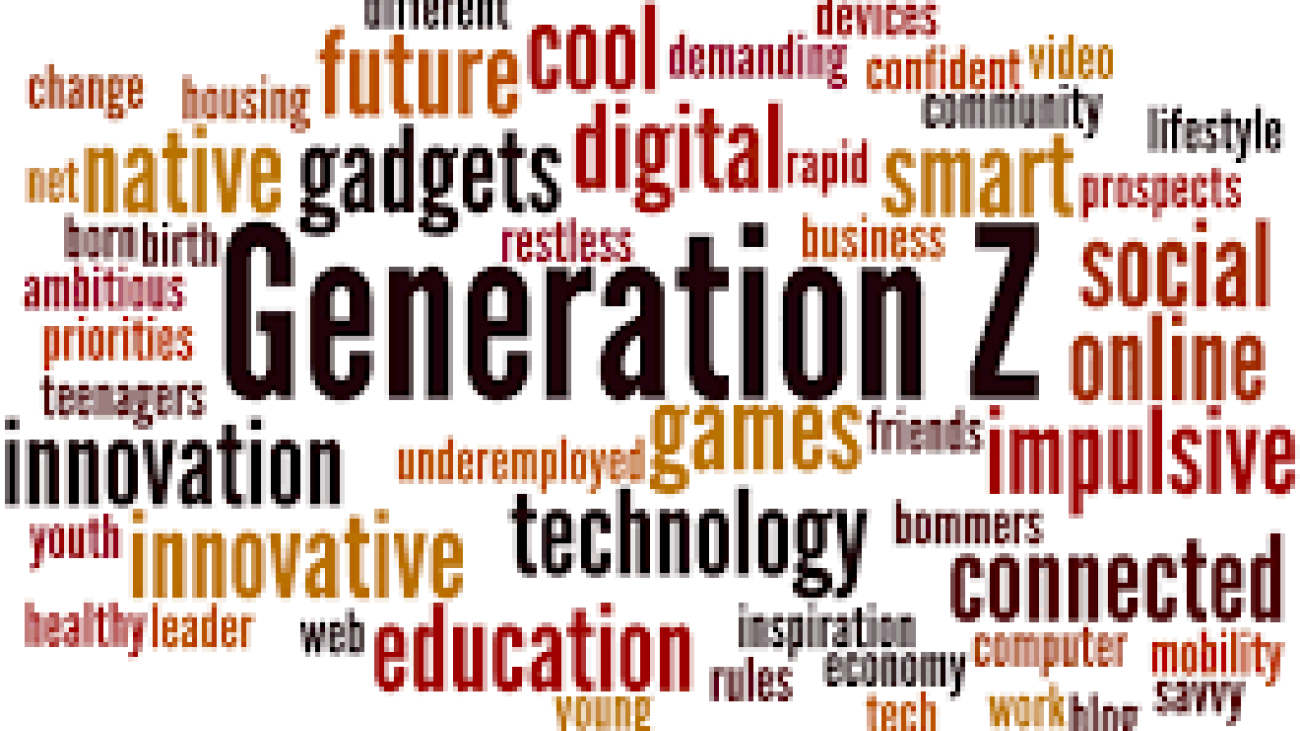The pace at which this newer generation is working is commendable but older industry biggies are finding it tough to cope with the gen Z pace.
Digitization is the biggest and most potent wave that has ushered in at almost every work space across the globe. Well need of the trying times perhaps. The millennials are playing a salient role since this is a tech savvy bunch of candidates getting recruited for an array of domains. Gen Z is eliciting newer ideas in terms of networking, sales, communication, promotion and workplace innovation. The pace at which this newer generation is working is commendable but older industry biggies are finding it tough to cope with the gen Z pace. A New York Times headline proclaimed that;” The 37-Year-Olds Are Afraid of the 23-Year-Olds Who Work for Them,”; and we cannot deny the very fact as well. The pseudo moral panic inside any organization is real when newer candidates are entering the workforce.
Perks of incorporating the Gen Z into the umbrella of modern workforce:
We are not unaware of the fact that this newer generation at workforce is bringing in fresher perspectives which is changing the market speculation graph. Let us dig deep and explore a few brownie points that companies might earn if they focus on onboarding of fresh college graduates. The Gen Z is also having less obfuscated ideas of diversification, inclusivity, racial and cultural integrity and gender sensitization. In fact, the millennials who have freshly graduated during this pandemic would be more empathetic towards their co-workers and the customer base as well.
- Superannuated ideas are kept at bay. Obsolete markets trends are detected well and are binned at the earliest.
- Less investment has to be incurred on the companies on technical training since the Gen Z is already tech savvy.
- A simple workplace appreciation boosts these young minds a lot at workplace. To boost their morale does not take much unlike the 45-year-old industry experts who are already saturated with accolades and are hard to please.
- The chunk of Gen Z per se is extremely value driven and ambitious too. They not only work for the financial motivation but for getting value loaded promotion at workplace along with a thirst for knowledge.
- Remote working is going to be easier with them since the Gen Z is already habituated with communicating through small rectangular digital boxes on screen.
- Since geography does not matter in the professional domain anymore, millennials are best suited to work from home owing to their ease with digital communication and modern-day gadgets.
Issues that age old infrastructures might face while sharing the workspace with millennials:
Since the Gen Z is entering the workforce in these trying times which is not socially economically prosperous, their critical thinking skill is speedy enough which might conflict with the older ideas that kept thing under a certain pace. Retention of older values, morals, practices, ideologies often face contradiction when fresh candidates take over the company framework with their spontaneity. The older people at work are more inclined towards idealistic theory of market, consumer base and so on and so forth. But on the flip side the Gen Z has been on their toes to chalk out realistic ideas.
- The older people at work at times get too bossy or authoritative but the Gen Z expects leaders and not bosses at work. Cordial, amicable professional leadership that is more about leading a team and less about instructing or commanding is what the Gen Z sphere of expectation consists of.
- The demographic pyramid is looked through the prism of ‘isms’ by the older people at work but the fresh employees and recent college graduates look beyond the brackets of societal prejudices and moral stigmas too.
- Gen Z is radically inclusive hence they strive to connect through multiple channels of truth and individuality.
The very basic difference and unease lies in the fact that the Gen Z avoids direct confrontations and they live their professional lives quite pragmatically; which is not quite lucid to stomach for the baby boomers at workplace.
Conclusion: The Gen Z at workplace always appreciates individuality keeping the spirit of team work intact and according to market and recruitment trend surveys, the millennials hate labels or being tagged; this helps them look forward into the future and avoids their career stagnation too. The Gen Z workforce is a product of mobility and they have lived in multiple realities. They are dialoguers and ‘communaholic’ people at work. The idealists at workspace find it pretty difficult to adjust since they are revolutionary and collectivist at heart. The search for undefined identity at workplace makes the Gen Z stand out and is a hard pill to swallow for many baby boomers in the professional arena. I really like things that are unisex! I think it’s absurd that stores and brands split everything into “male” and “female.” After all, fabric is genderless.—Female respondent, 22, Goiânia. These gender fluid perspectives too might cause unease to the older people in the industry.



